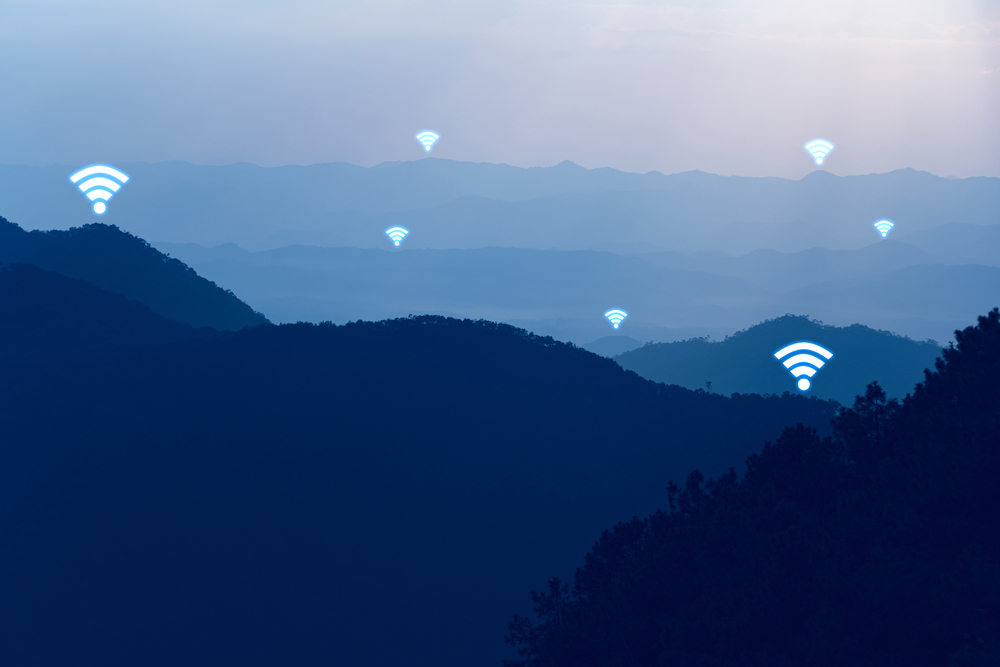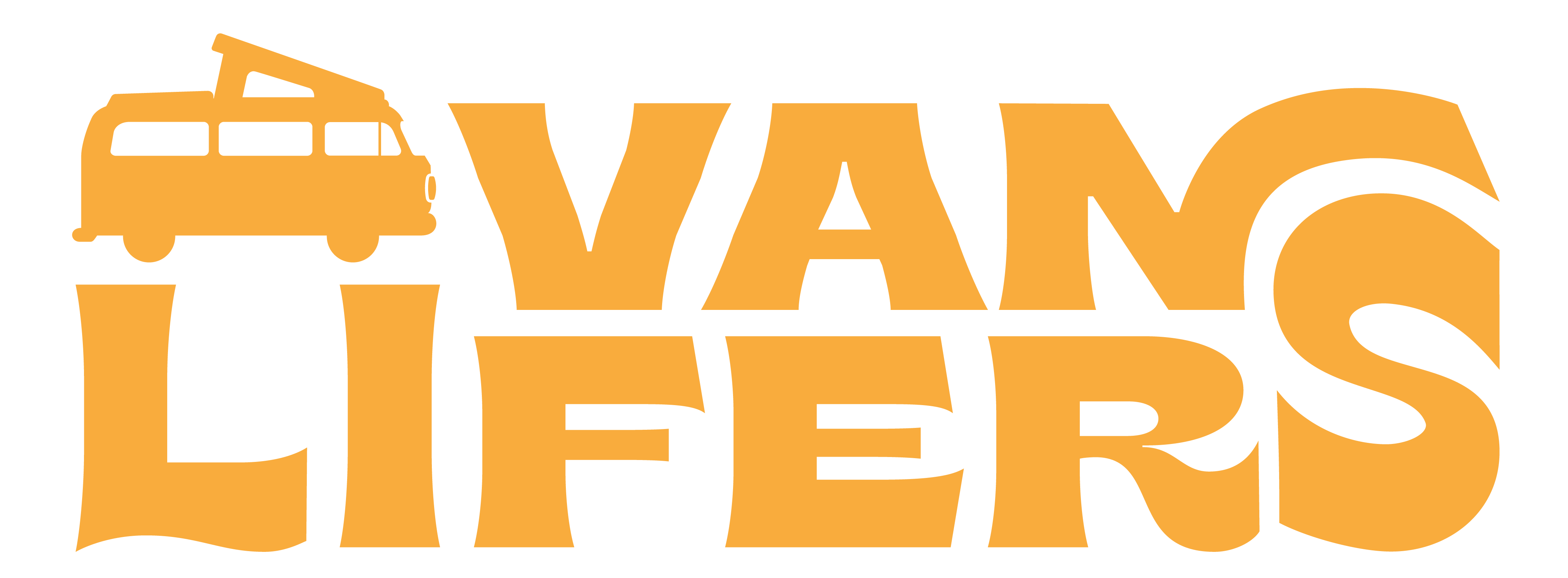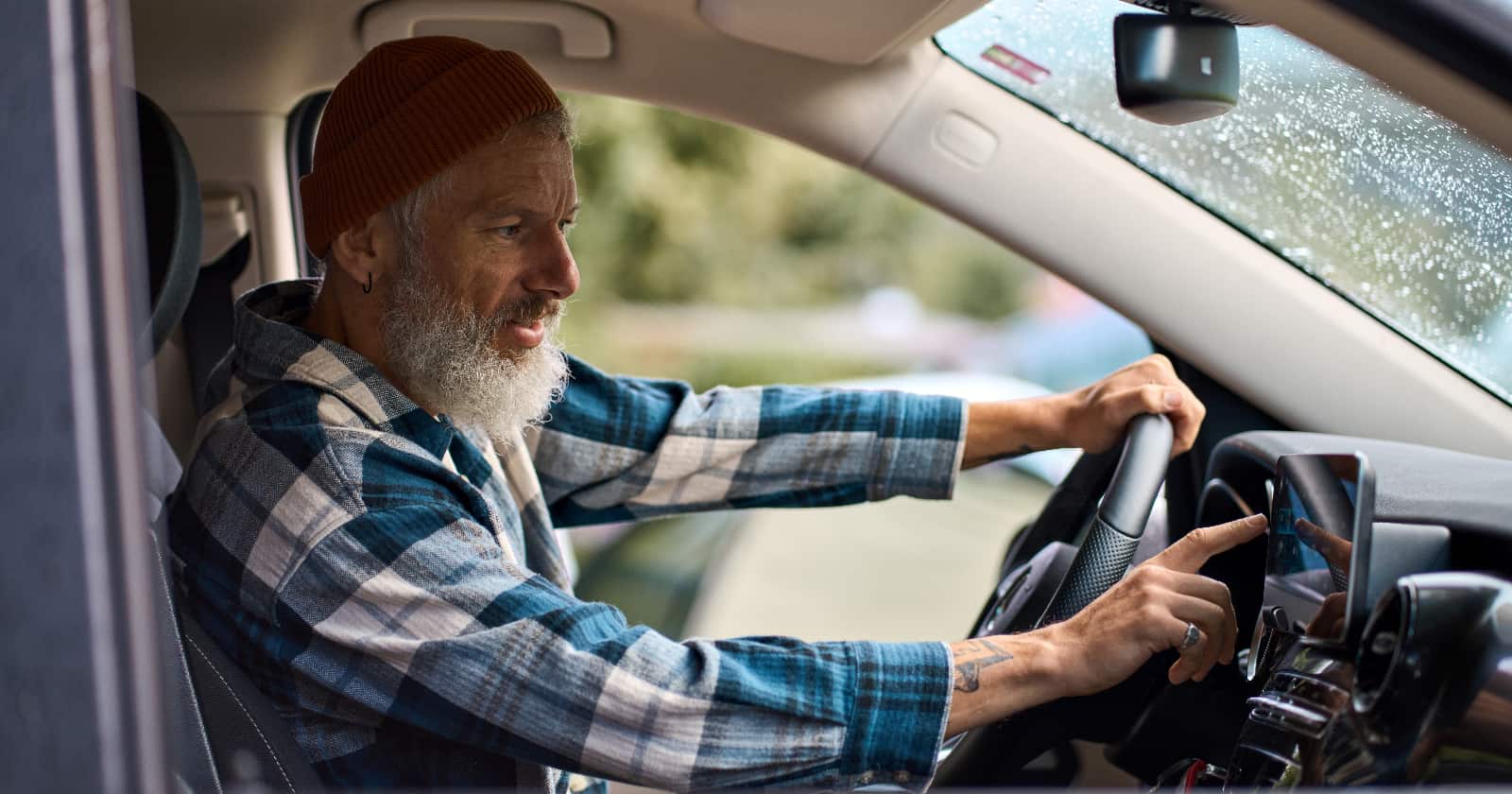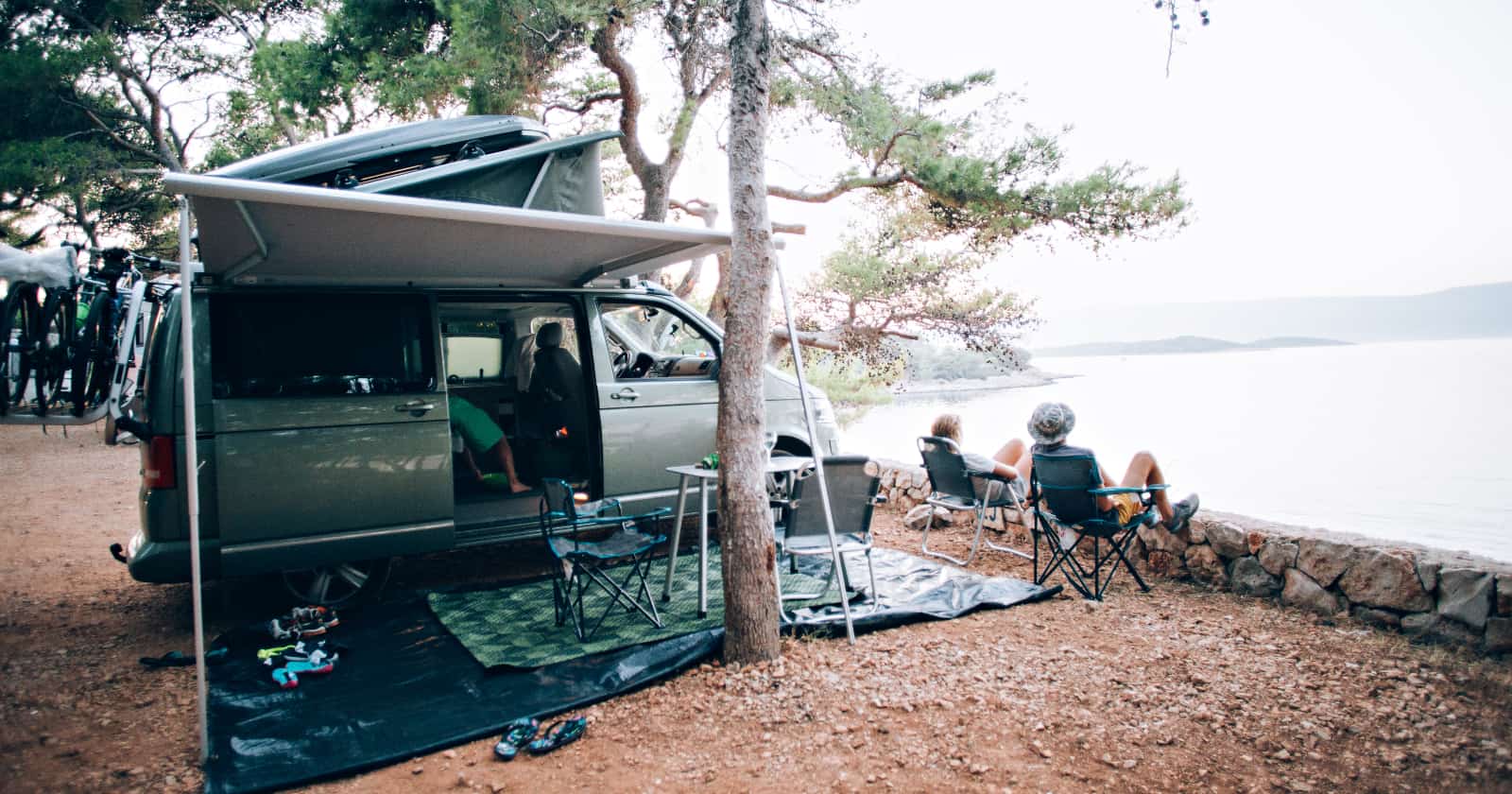Vanlifers Are Requiring a Stable Internet Connection More And More
The ability to camp off-grid (or boondock) in your van, SUV, or overlanding vehicle is an amazing thing. It allows you to sleep, eat, and live in some of our country’s most beautiful places. Of course, you need to make sure you’re set up for boondocking before heading out into the wilderness. Along with water, you may need either a roof-mounted solar system, a portable solar generator like a Jackery, or a small inverter generator to recharge your batteries and run all the goodies you take with you. You may also require a source of boondocking internet.
If your camping adventures are all just for fun and you’re able to go into vacation mode while camping off-grid, the problem of finding boondocking internet may not concern you. However, with the rise of hybrid work environments and more vanlifers opting to become digital nomads, it’s crucial to have stable internet options to keep up with their jobs and ensure the stream of income that funds their adventures. Fortunately, there are ways to ensure you have internet access even while camping in the middle of nowhere. Here are some top tips for doing just that.

Cellular Data
The first option most campers consider when trying to ensure internet access while boondocking is cellular data. This is the connection our phones use, and computers can use a cellular connection by connecting to a hotspot or tethering to a phone.
This option is terrific when you’re in a place with good cell coverage, but coverage is not always reliable when you’re out in the boondocks. Use the tips below to increase your chances of having a decent connection when you roam off-grid.
Choosing A Carrier
The first step to getting connected through cellular internet is choosing a carrier. For the most part, we find that Verizon covers us in the most places. However, AT&T provides coverage in some areas where we don’t get any Verizon coverage. T-Mobile is also a major carrier that has made significant progress in its 5G coverage area.
Therefore, our recommendation is to get multiple plans like a Verizon plan, an AT&T plan, and maybe even a plan with T-Mobile/Sprint to fill in any gaps. Having numerous options will ensure a good connection wherever you roam.
Some of our favorite plans include:
- Visible — Uses Verizon towers and provides unlimited data for only $25 a month.
- Grandfathered genuinely unlimited plans — Available on Verizon and AT&T, these must be acquired through a third party and can be pretty expensive, but provide truly unlimited data with no throttling or deprioritizing.
- Sprint through Calyx — This unlimited Sprint plan is offered to those who meet certain criteria for around $400–$600 per year.
- MobileMustHave also sells some very high data plans that you can use with their mobile internet solutions.
- Nomad Internet claims to provide unlimited hotspot data through several carriers.
Ensuring Connection
Once you have two or three hotspots from different carriers, you can hit the road. That said, there will still be dead zones where there is no cell signal at all.
To avoid dead zones, we recommend using sites such as RV LIFE Campgrounds and Campendium to see what other campers are saying about a wilderness campground or camping area and the cell coverage before you head out.
Boosting Your Signal
Sometimes you might find that you have a cell signal, but it’s too weak to work properly. In these situations, you can actually boost your cell signal using an antenna or a cell booster. We recommend keeping both handy as you might need one, the other, or both, depending on where you happen to be.
Overall, if boondocking internet is an absolute must, a good mobile hotspot modem and high-quality MIMO antenna setup will cost between $1200 and $2000 for the hardware, with data plans costing around $150 to $250 a month if you want to cover all major carriers. It may be possible to get decent coverage using a couple of cell phones from different carriers for a cost around $100 a month as well, but the service may struggle more often without the aid of an antenna in more remote boondocking locations.
Satellite Internet
An option that is perfect for those who boondock frequently is satellite internet. This boondocking internet option is ideal because you can get a connection from absolutely anywhere. The problem is that this is a relatively expensive way to stay connected. Additionally, in years past, satellite internet was quite slow. Satellite internet services for RVers include HughesNet, DISH, and RVDataSat.
Luckily, we are seeing some improvements in the satellite internet option, which could soon become the more popular internet option for RVers. Unfortunately, aside from the power needs of a satellite system, the initial cost of the hardware can be $4000 to $8000 dollars and around $400 a month after that for the service.
Starlink
Created by Tesla’s Elon Musk, Starlink is the satellite internet service that is making huge advances. It’s making satellite connection a viable option—not just for boondockers, but for the world. While Starlink is still in the beta testing stage at the moment and isn’t available in all areas, those who’ve had a chance to use it are raving about the high speeds it provides.
Starlink recently rolled out its RV option, which allows users to get a system sent to them immediately and access high-speed, low-latency internet on an as-needed basis at any destination where Starlink provides active coverage. The service costs $135 per month with a one-time hardware cost of $599, making it the cheapest and fastest satellite option for boondocking internet. However, the system does require 48-74 watts to run on average, so a generator or solar setup would be a requirement for those who intend to use it as a sole source of internet.
Public Wi-Fi
If satellite internet isn’t an option, there will be times when you get to an awesome boondocking campsite and have no way to access the internet because there is zero cell signal. In these instances, you have a few choices:
- Stay and forget about work.
- Leave and head somewhere else.
- Stay and head into town to work.
Generally speaking, we recommend the last option. This allows you to take in the sights and enjoy the boondocking experience while still getting your job done.
As you likely know, there are many businesses that offer free internet access. We love to visit local coffee shops whenever we need to go into town to work. Other options include restaurants, libraries, and even Walmart stores.
Conclusion
As you can see, there are several ways to get boondocking internet while enjoying your off-grid camping. Hopefully, this information will allow you to wander more freely and enjoy more of what this beautiful country offers.
Tell us what you use for your boondocking internet on your vanlife adventures in the comments.





Spectrum uses the Verizon towers too. We saved a ton of money by going with Spectrum.
You need to make a model that can be attached to the roof and left there during travel.
I have spectrum and have had nothing but problems with it, when traveling last year with my sister that has Verizon she got everything everywhere and I got bubkus anywhere but in the cities. I hated my spectrum Still hate it and am going to Verizon.
I think your prices of a MIMO/MOFI are grossly overinflated.
We have an RSRF panel MIMO antenna we paid $200 for (just the antenna) from Waveform, made our own mounts and bought our specific cables (~$100?) to connect to our existing MOFI Networks 4500 router ($350).
We use an unlimited data AT&T tablet SIMM that is $20/month. The MIMO still gets about 20-40% signal strength when stored flat on top of the RV (we often get good service while driving) which is always better than what a phone will get. We have gotten a signal good enough to stream video in many remote parts of the west. It seems like if we have any signal at all when we drive in, putting the antenna up and aiming it correctly will (most of the time) produce enough service to stream.
Our system info is available at: https://www.youtube.com/watch?v=3OW09YUOQSc&t=141s
Another important issue is that signal strength does not mean you have a good data rate. Some experimentation with changing available bands and locking the router on the one with the best performance is part of the management skills needed to get the best performance. Lots of folks seem to want to jump to Starlink and if you are doing video work from the road (we do have a YT channel with needs to upload video), that may be necessary but cellular alternatives are far less expensive and perfectly adequate for most folks.
I just purchased Starlink RV in August 2022. We traveled throughout the Northeast from SC to Canada down the cost of Maine and only experienced one place where we could not get a signal, do to the amount of trees. On the whole Starlink has been fantastic. Much less expensive than multi phone connections. Easy to set up and plenty of speed.
How about links to get these sites/equipment. How do I find star link and others mentioned?
Hi Tom,
Thanks for reading. The links to the cell carriers, Starlink, and MobileMustHave (for equipment and plans) are in the article. However, below is a list of links for easy reference.
Celular Plans
https://www.visible.com/
https://mobilemusthave.com/ (also sells equipment)
https://rvlife.com/nomad-internet/ (router and mobile plan)
Starlink: https://www.starlink.com/rv
Happy camping, and drive safe. 🙂
2003, we converted a 1996 Ford CF8000 commercial truck to our concept of an ExpeditionVehicle.
Nearly two decades full-time live-aboard, we boondock exclusively with our caravan chums.
.
We — all of us — seek places without a cellular telephone signal.